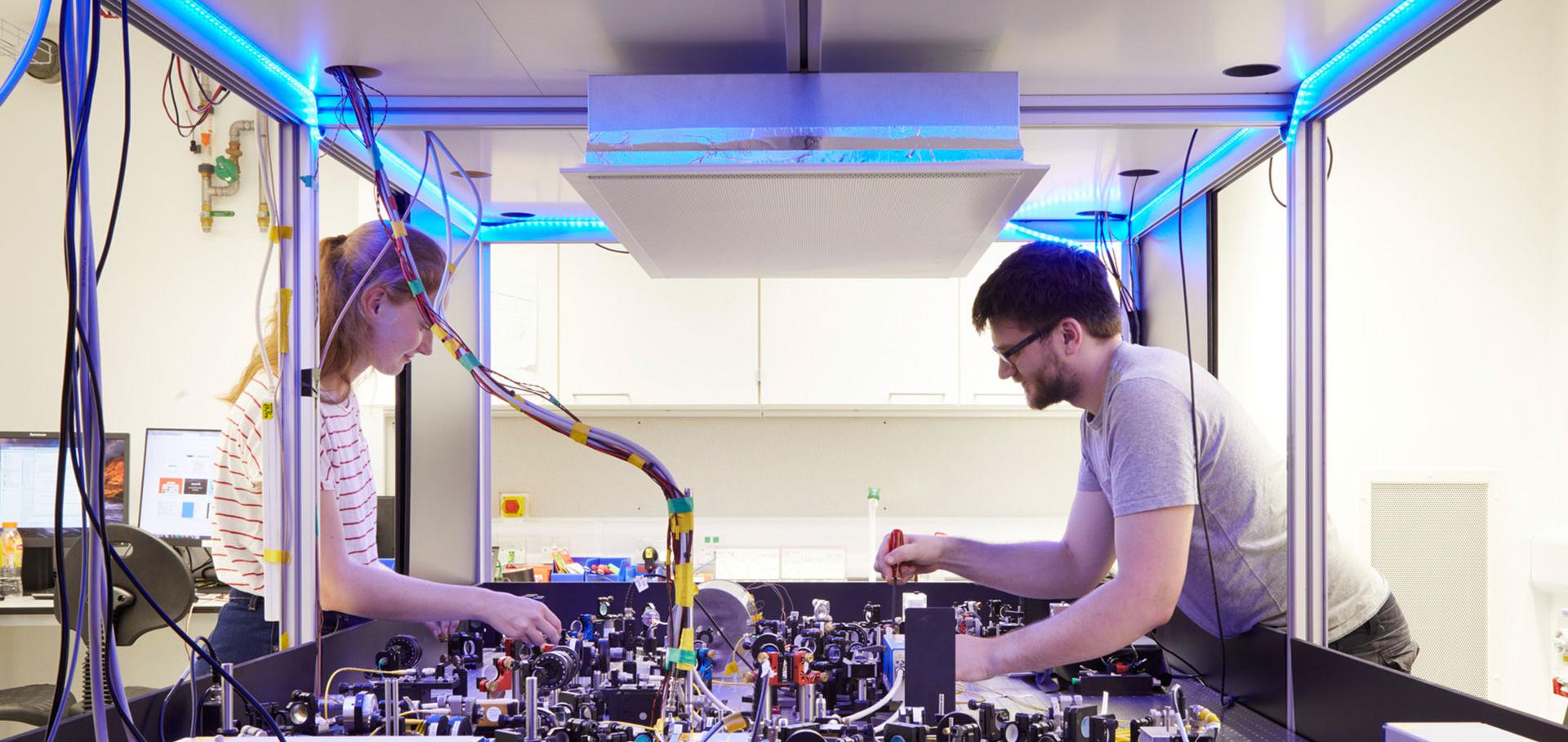Bounds on heavy axions with an X-ray free electron laser
Physical Review Letters American Physical Society 134:5 (2025) 55001
Abstract:
We present new exclusion bounds obtained at the European X-Ray Free Electron Laser facility (EuXFEL) on axionlike particles in the mass range $10^{-3}\,\mathrm{eV} \lesssim m_a \lesssim 10^{4}\,\mathrm{eV}$. Our experiment exploits the Primakoff effect via which photons can, in the presence of a strong external electric field, decay into axions, which then convert back into photons after passing through an opaque wall. While similar searches have been performed previously at a third-generation synchrotron [Yamaji et al., Phys.\ Lett.\ B 782, 523 (2018)], our work demonstrates improved sensitivity, exploiting the higher brightness of x-rays at EuXFEL.Modelling of warm dense hydrogen via explicit real time electron dynamics: electron transport properties
Physical Review E American Physical Society 110 (2024) 055205
Abstract:
We extract electron transport properties from atomistic simulations of a two-component plasma by mapping the long-wavelength behaviour to a two-fluid model. The mapping procedure is performed via Markov Chain Monte Carlo sampling over multiple spectra simultaneously. The free-electron dynamic structure factor and its properties have been investigated in the hydrodynamic formulation to justify its application to the long-wavelength behaviour of warm dense matter. We have applied this method to warm dense hydrogen modelled with wave packet molecular dynamics and showed that the inferred electron transport properties are in agreement with a variety of reference calculations, except for the electron viscosity, where a substantive decrease is observed when compared to classical models.Resonant inelastic x-ray scattering in warm-dense Fe compounds beyond the SASE FEL resolution limit
Communications Physics Nature Research 7:1 (2024) 266
Abstract:
Resonant inelastic x-ray scattering (RIXS) is a widely used spectroscopic technique, providing access to the electronic structure and dynamics of atoms, molecules, and solids. However, RIXS requires a narrow bandwidth x-ray probe to achieve high spectral resolution. The challenges in delivering an energetic monochromated beam from an x-ray free electron laser (XFEL) thus limit its use in few-shot experiments, including for the study of high energy density systems. Here we demonstrate that by correlating the measurements of the self-amplified spontaneous emission (SASE) spectrum of an XFEL with the RIXS signal, using a dynamic kernel deconvolution with a neural surrogate, we can achieve electronic structure resolutions substantially higher than those normally afforded by the bandwidth of the incoming x-ray beam. We further show how this technique allows us to discriminate between the valence structures of Fe and Fe2O3, and provides access to temperature measurements as well as M-shell binding energies estimates in warm-dense Fe compounds.Development of a new quantum trajectory molecular dynamics framework
Philosophical Transactions of the Royal Society A: Mathematical, Physical and Engineering Sciences Royal Society 381 (2023) 20220325
Abstract:
An extension to the wave packet description of quantum plasmas is presented, where the wave packet can be elongated in arbitrary directions. A generalised Ewald summation is constructed for the wave packet models accounting for long-range Coulomb interactions and fermionic effects are approximated by purpose-built Pauli potentials, self-consistent with the wave packets used. We demonstrate its numerical implementation with good parallel support and close to linear scaling in particle number, used for comparisons with the more common wave packet employing isotropic states. Ground state and thermal properties are compared between the models with differences occurring primarily in the electronic subsystem. Especially, the electrical conductivity of dense hydrogen is investigated where a 15% increase in DC conductivity can be seen in our wave packet model compared to other models.Self-diffusion of a relativistic Lennard-Jones gas via semirelativistic molecular dynamics
Physical Review E American Physical Society 107:5 (2023) 054138


